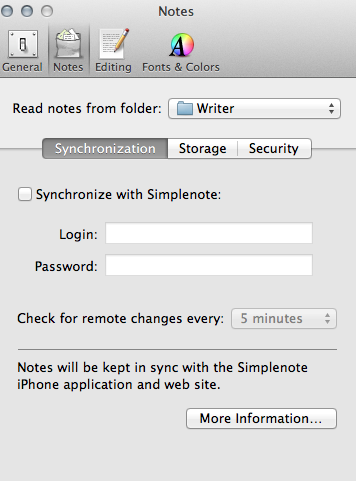

Back in the day, I wrote several novels using: Vim as my editor (vi keystrokes are hardwired into my fingertips - I've been using it since 1989), POD macros (Perl's Plain Old Documentation format), a Makefile to generate up-to-date output formats such as RTF, PDF, and HTML from the podfiles, and rcs to track changes. Given my general aversion to Word, you probably won't be surprised to know that I prefer to use a programmer's text editor and a simple macro-based language for formatting text. And it does them badly, allowing users to override paragraph styles with local inline markup (or, indeed, to drop styles on top of marked-up text). Guess what? Microsoft Word does both (inline markup and style sheets). An alternate model is to therefore use a style-sheet driven formatting system, and this is how virtually all modern desktop publishing systems work. It's also difficult to maintain consistency within compound multi-file documents (such as books or magazines) if the authors are manually specifying things like typeface and font size and line spacing within the text. Moreover, the more formatting (presentation) mark-up you insert into a document, the less useful it becomes as online data. The problem with this technique is that it conflates document content with presentation.

One model, used in non-WYSIWYG word processors such as WordStar (and document macro languages such as Τ ΕΧ and nroff) is to view the text as a stream of characters, and to include codes that change the characteristics of those characters in line with them (for example, to switch text into italics, or to switch on underlining - and to switch off those characteristics). There was some argument in those days over the best way in which to manage styled text. Word is descended from some of the earliest WYSIWYG document processors, developed in the XEROX research labs during the mid-1970s. It - or something capable of extruding its files, like OpenOffice - is well-nigh unavoidable if you want to work with other businesses, but it's not an ideal tool for writing books. You may be unsurprised to learn that I'm therefore positively allergic to Microsoft's habit of changing file formats in new and excitingly incompatible ways every year or two.īut that's not my only reason for disliking Word. A novel, in contrast, may be reprinted in the distant future.
#STORYMILL VS SCRIVENER MANUALS#
Most business literature is ephemeral even process manuals are seldom expected to last more than a double-handful of years, and the majority of files are typically dead of old age after 18 months. The business of writing novels is rather unlike most other office jobs in that it involves producing long - but structurally simple - text documents which may then be shared with other organizations over a period of years or decades.

I'm in the process of having another attack on "Rule 34", and I thought some of you might appreciate a rant about tools.


 0 kommentar(er)
0 kommentar(er)
